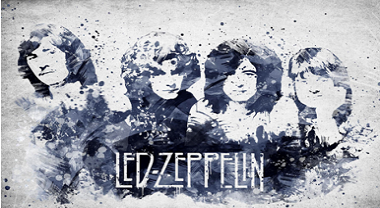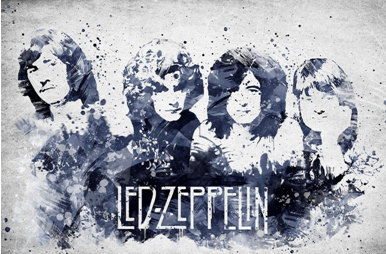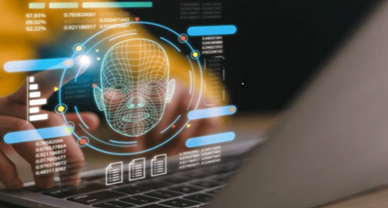Skidmore vs. Zeppelin: Will this change the US Copyright Infringement trends?
Intellectual Property always conflicts itself with societal benefit. The IP incentivise the author, innovator and the creator and gives them the whole right to commercialize their innovation and creation. It does create a balance by even disclosing the invention or creation for the primary purpose of achieving societal benefit. But this is dependent upon the amount of protection being awarded to the creation. In copyright, the conundrum of what constitutes originality has always been a matter of debate in cases. The context of originality is always being linked to the ambit of even monopolisation and on the contrary, too less of this right can encroach upon the creator’s originality. The rights being bestowed upon the creation must subsequently align with the ambit of originality.
The latest case of Michael Skidmore vs. Led Zeppelin tries to solve this ambiguity regarding the extent of originality and with that of incentivising creation.
Facts
Randy Wolfe (a.k.a Randy California) was a guitarist in the 1960s Southern California rock band, Spirit. In 1966-76 he wrote the instrumental song Taurus, which was released on their first album in 1967. The copyright was registered the same year in the unpublished musical composition of Taurus, by a one-page deposit with US copyright office.
Stairway to Heaven, by British rock band Led Zeppelin, has been called the greatest rock song of all time. 43 years after its release, in 2014, Michael Skidmore on behalf the estate of Randy Wolfe, claimed that Led Zeppelin, its guitarist Jimmy Page and vocalist Robert Plant copied Taurus in Stairway to Heaven. Mark Andes, the bass player in Spirit, alleged that Led Zeppelin heard Taurus while on tour with Spirit in the US between 1968 and 1969.
In 2016, the LA jury’s verdict found in favour of Led Zeppelin that the two songs were not substantially similar. But in 2018, an appellate court in San Francisco ruled that the trial should have allowed the jury to hear the two songs, instead of basing their decision on the music score and in September 2018 a Ninth Circuit three-judge panel ruled 3-0 that the original trial’s judge provided “erroneous jury instructions” and ordered a new appeal.
Analysis
This case provides a great precedential value in determining the balance between the copyrighted (original) and non-copyrightable works. Previous cases were unclear on this question. The Ninth Circuit Court delves into analysing the unprotected work in the music and how to create a distinction. In previous instances, the court has relied upon a reasonable test to solve the ambiguity about such cases. The creator needs to show that the work created is the creation of him/her which by default proves the valid copyright. Secondly, the creator also needs to prove the ‘accesses’ to the protectable work that has been infringed. The court relied upon the access to the copied work and the proof of similarity between the disputed one.
This case brings a new test that seems more efficient in determining the originality and unprotected work. The court did not rely upon the traditional test claiming it to be inefficient in proving the similarity. The court gave the intrinsic and extrinsic test for the proof of similarity. This test creates an examination by even methodologically breaking the music by the experts for defining the originality, as in the extrinsic test. The intrinsic test determines the feel of originality as by an ordinary person. This intrinsic test links itself with the subjective comparison of the work.
Moving through the extrinsic test for this particular case, the court was not satisfied with the contentions being put by Skidmore regarding the originality. The court rejected this as the presentation of a random combination of un-protectable musical elements did not fit the description of a selection and arrangement argument as the part that was claimed to be infringed upon consisted of only common musical elements. Hence, Skidmore failed the extrinsic test, thereby court giving judgment in favour of Led Zeppelin.
Will it support a big corporation?
The case is based upon examining the breakdown of music, can have large repercussions when we see multi-billion dollar industry with that of creative. If the court is affirmative of the view that they incorporate the common element of music arranged in random combinations, it will result in the big industry to develop inventory management of common musical elements. The low bar for originality accompanied by copyrights being extended to creative commons places these elements right in the hand of a few big ones. The case gives a way to understand how borrowing the music can also be original and understand how different levels of borrowing are present in the creation of new work.
Author: Saransh Chaturvedi (an advocate) currently pursuing LLM from Rajiv Gandhi School of Intellectual Property Law (IIT Kharagpur). In case of any queries please contact/write back to us at support@ipandlegalfilings.com.




